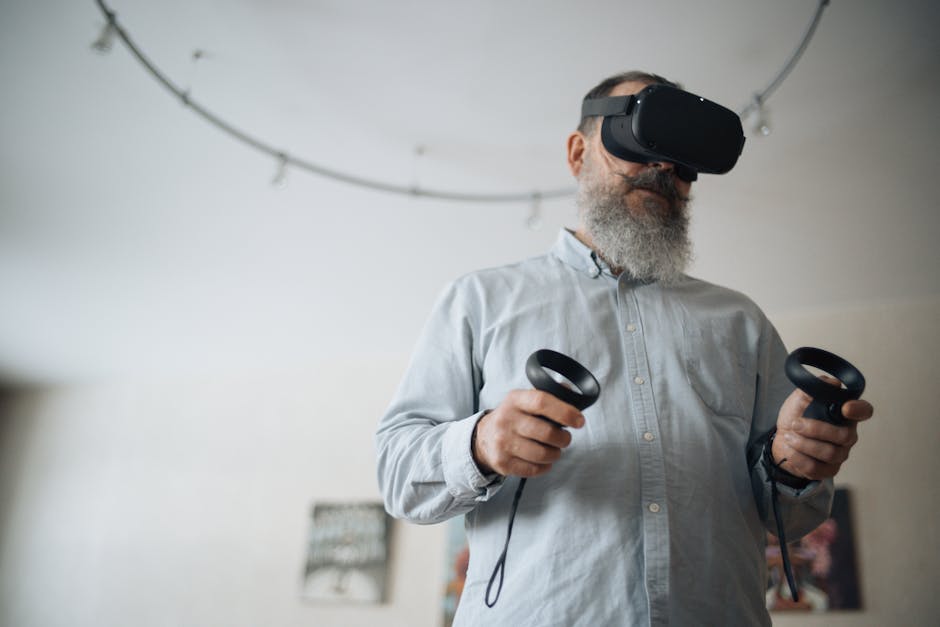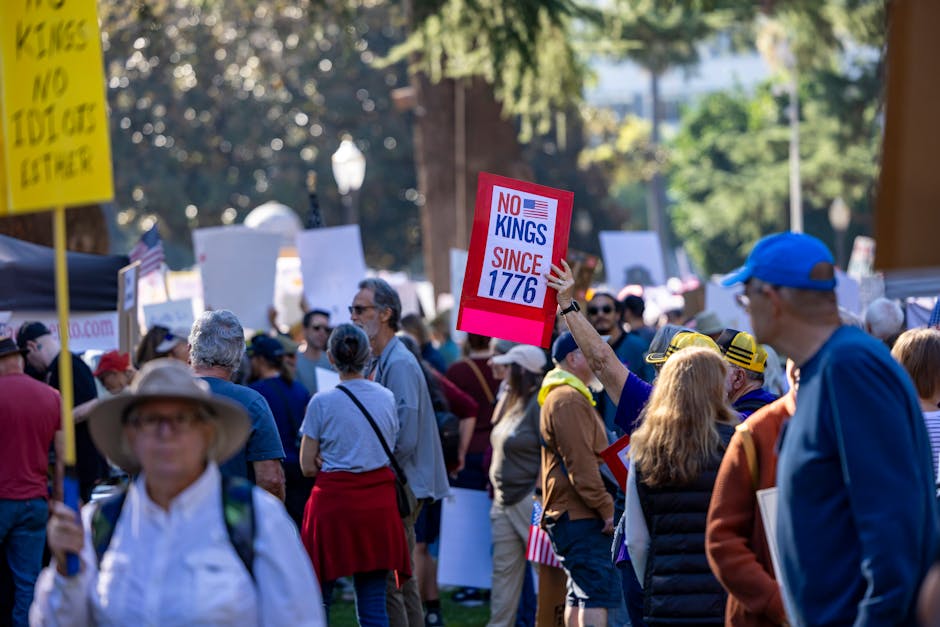The New Conspiracy Age: How Misinformation Is Reshaping Society
In today’s hyperconnected world, conspiracy theories spread faster than facts. Welcome to The New Conspiracy Age, where deepfakes, social media algorithms, and geopolitical tensions collide, creating a crisis of truth. From QAnon to anti-vaccine movements, once-fringe ideas now shape politics, public health, and social stability. How did we get here—and can we reverse the damage?
How Algorithms Amplify Conspiracy Theories
Social media platforms reward sensationalism, making them super-spreaders of misinformation. A 2023 Oxford Internet Institute study found that false news spreads six times faster than truth on X (formerly Twitter).
YouTube’s recommendation algorithm, for example, often pushes users from skeptical queries to full-blown conspiracy theories in minutes. The result? A dangerous cycle where doubt hardens into belief, and fringe movements gain mainstream traction.
Deepfakes and the Erosion of Trust
AI-generated deepfakes are making misinformation harder than ever to detect. Fake videos of politicians, fabricated celebrity endorsements, and manipulated audio clips can spark riots, sway elections, or incite violence.
In India, a deepfake of a Bollywood star falsely endorsing a political party went viral before being debunked. As AI tools become more accessible, distinguishing fact from fiction may soon be impossible without verification tools.
Geopolitical Warfare: Conspiracies as Weapons
Conspiracy theories aren’t just grassroots—they’re weaponized by governments and shadow groups. During COVID-19, disinformation campaigns framed vaccines as Western plots, fueling hesitancy globally.
India’s Pegasus spyware scandal and narratives about “foreign interference” deepened polarization. These tactics exploit societal divides, eroding trust in institutions and destabilizing democracies.
Why Do People Believe Conspiracy Theories?
Humans crave simple explanations for chaos. Conspiracies offer false certainty in uncertain times—whether it’s 5G causing disease or secret elites controlling markets.
A 2022 Pew Research study found that 30% of Indians believe at least one major conspiracy theory. Economic instability, rapid tech changes, and declining trust in media make fertile ground for misinformation.
How to Fight Misinformation
The battle isn’t hopeless, but it requires coordinated action:
✅ Tech Reforms: Platforms must flag false content and prioritize accuracy over engagement.
✅ Media Literacy: Schools should teach critical thinking and source verification.
✅ Transparency: Governments and corporations must rebuild trust with open data.
✅ Legal Action: Stronger laws against malicious deepfakes and disinformation campaigns.
Conclusion: Truth in the Post-Truth Era
We’re in an age where facts compete with fiction, and reality is negotiable. The New Conspiracy Age won’t end—but with better tech, education, and policies, we can protect truth before misinformation undermines society.
Verify before sharing. Stay skeptical. Stay informed.
(Word count: 600)




